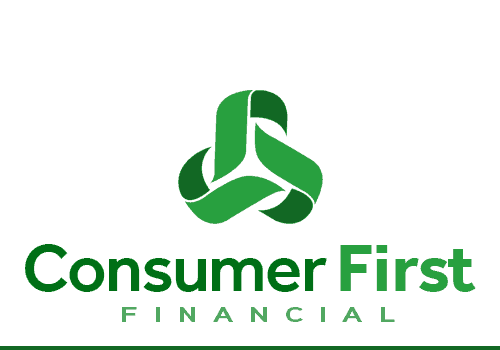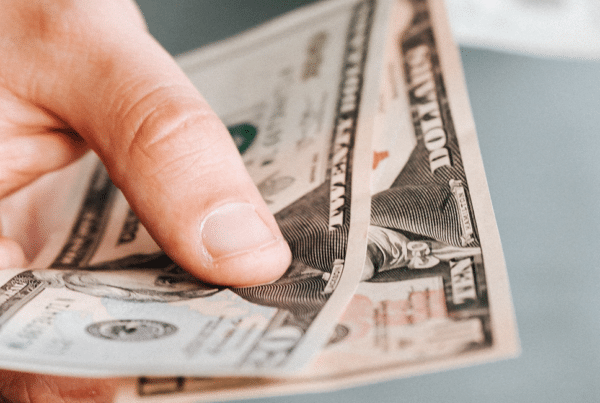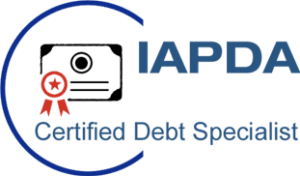
What is credit card debt?
Americans have several different types of debt, beyond credit card debt, which includes mortgages, auto loans, and student loans. All are totaling up to an average debt per household of $132,529.
Besides standard credit card debt, like an everyday credit card, consumer finance accounts also fall under this umbrella of ‘credit card debt.’ Consumer finance accounts can be thought of as loans extended to consumers on behalf of a company. Examples of this category include store cards, payday loans, and short-term loans.
What is the average credit card debt?
It’s easier to understand the impact of credit card debt when the averages are looked at in segments. For the sake of brevity, the amount of credit card debt soared past the $1 trillion mark in 2020. But, how this debt is distributed is a more important metric. It can be organized by a number of factors, but we’ll be looking at age and income.
Average Credit card by Age
The first up is the average credit card by Age. Plastic-related debt ranges from low and moves up, with 45-54 earning the top spot. In part, this makes sense because those are the highest-earning years for most consumers, and they can better afford the higher level of debt.
Average credit card debt slows down as Americans shift into retirement mode, with an average debt declining from $9,068 to $5,638 at age 75 above. Retired Americans are living in a fixed income mode at that point and ideally, using credit cards much less.
| Age | Average Credit Card Debt |
| 35 or less | $5,808 |
| 35 to 44 | $8,235 |
| 45 to 54 | $9096 |
| 55 to 64 | $8168 |
| 65 to 69 | $6,786 |
| 70 to 74 | $6465 |
| 75+ | $5,638 |
Average Credit Card by Income
Credit card debt has everything to do with your income. The more money you have, the more debt you have. Ideally, earning more would award you the ability to pay for your wants and needs without using plastic. The truth is, the opposite is usually the case.
This is a surprise, but what causes alarm is the ratio of debt to the lower income individuals. An American at a higher income rate has a much better debt to income ratio. Rich Americans pay more in credit card debt, but they are doing a better job of keeping up with their payments. This is compared to Americans in the lower annual income categories.
What to Know About Credit Card Debt
| Income | Average Credit Card Debt |
| $24999 or less | $3000 |
| $25,000 – $44,999 | $3900 |
| $45,000 – $69999 | $4900 |
| $70,000 – $114,999 | $5800 |
| $115000 – $159,999 | $8300 |
| $160,000+ | $11,200 |
How to keep your credit card debt in check
Keeping credit card debt in check is the first step to staying out of trouble. Knowing the averages can help put your own situation in perspective. If you find yourself above these averages, it’s probably a good idea to take action. Start working on your debt at this point, otherwise it may be too late.
Unsecured debt like a credit card is considered “bad debt”, meaning due to the high interest rates you pay significantly more for the credit extended to you. Once you begin a cycle of low or minimum payments on these types of debt, your payback amount and time begin to grow exponentially.
Stop Creating New Debt
Most people don’t know money management, and struggle to live within their means. If you’re in debt, you’re one of these people, and it’s time to bite the reality bullet. Living within one’s means is a difficult lesson to learn, but the single most important one. Every time you take on more debt, you inhibit your ability to repay existing debts. No matter how much you “think” you can afford something, without an accurate budget, it’s a guessing game that we usually lose.
Changing your financial habits isn’t easy, they’re called habits for a reason. But, it’s a necessary step for long term success.
It’s a must to stand against all the agencies/marketers trying to take your hard-earned money or offer easy financing. You don’t need loans or credit cards to make you happy; what you need is financial peace of mind.
Rank Your Debt by Interest Rate.
Paying off your high-interest debt is the key to maintaining your finances. Make a list of all debt with amounts you owe and the interest rate. Make the highest interest rate the top priority to pay off first. For instance, if you have a $20,000 credit card debt at 20% interest where you pay a minimum of $500 a month, you will pay about $33,500 with interest and fees. Focusing on these debts first will help you avoid these massive interest charges, which cost you most in the long-run.
Create a Strategic Spending Plan
Spending without a plan is reckless, so make one. Take a piece of paper, write down your income after tax and all the expenses that you have. It should include the minimum payments on your debt.
Rank your expenses in order of importance to you. Look at the items from the bottom of the list, and decide whether you need them, or the additional money they cost instead. The aim is to create a spending plan that gets your credit card debt paid down and eliminates unnecessary spending. With that, your expenses will be lower than your income.
Lower Your Interest Rates
There’s several ways to power your interest rates. You can lower your credit card interest rate by doing a balance transfer. This involves moving your full balance to a new card with an introductory offer. The danger here is forgetting when your introductory period ends, and facing compounded interest.
You can shop around to get the lowest interest rate (often 0% for some time) for the most prolonged duration. Just make sure you’re reading their terms and conditions carefully.
Create a Payment Schedule
To balance your credit card debt, you must cover the minimum payment (ideally more) on every single debt you have. Whenever you miss a payment, you incur fees, and it adds up quickly. This does not exclude making the minimum payment on the debt with the highest interest rate.
As you begin eliminating debts, you add that extra amount to your credit card payments. As your repayment balance drops, your credit increases in tandem.
Reward Your Progress
You may want to track your debt to know whether you’re close to an average credit card debt along the way. You can decide on milestones that you are going to celebrate and reward yourself for.
Rewarding yourself doesn’t have to cost you money, but if it does, it should come from your previously allocated spending plan. This is an essential step as it will keep you motivated and energetic when you feel your willpower fading.
Compound Your Results.
Once you reach a comfortable average credit card debt, have a huge celebration, and congratulate yourself. Then, focus on the next debt with the highest interest rate. The rest of the debt can be a quick payoff.
When facing a lot of debt, a debt relief program may be the best option. Speak to one of our Certified Debt Consultants to see if you qualify, and how we can help.





